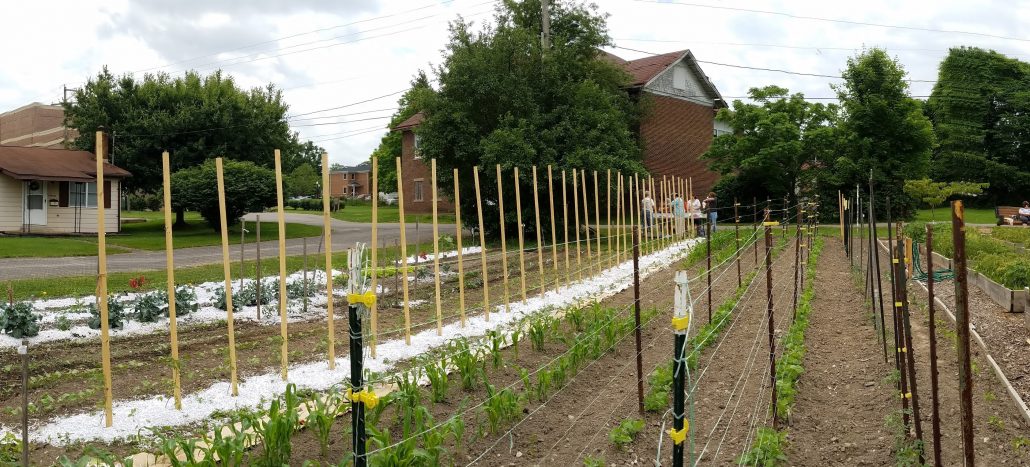Vertical gardening is a space-saving and visually appealing technique that allows you to grow plants vertically, utilizing walls, trellises, or other vertical structures. This guide will provide expert tips and techniques to master vertical gardening and create a flourishing garden in any space.
Choosing the Right Location for Your Vertical Garden
Assess the Available Sunlight
Choose a location that receives adequate sunlight based on the plants you intend to grow.Consider Access to Water
Ensure the chosen location is near a water source for convenient watering and irrigation.Evaluate Structural Support
Ensure the chosen site can support the weight of the vertical garden structure and plants.
Selecting Suitable Plants for Vertical Gardening
1. Choose Compact and Lightweight Plants
Opt for plants with a minor root system suitable for vertical growth.
2. Consider Vertical Growth Habit
Select plants that grow upright or can be trained to climb or vine.
3. Match Plants to the Light Conditions
Choose plants that thrive in the available sunlight in your vertical garden location.
Building and Installing Vertical Garden Structures
- Decide on the type of vertical garden structure, such as trellises, living walls, or vertical planters.
- Select durable and weather-resistant materials for constructing the vertical garden structure.
- Ensure the structure is firmly anchored and stable to support the weight of plants and withstand wind or other external factors.
Watering and Irrigation Techniques for Vertical Gardens
- Install drip irrigation or a self-watering system to deliver water directly to plant roots.
- Regularly check the soil moisture to avoid overwatering or underwatering.
- Depending on the weather and plant requirements, adjust the watering frequency accordingly.
Fertilizing and Nutrient Management for Vertical Gardens
- Opt for organic fertilizers to provide essential nutrients to the plants and promote healthy growth.
- Adhere to the recommended fertilizing schedules and quantities based on plant needs.
- Utilize compost and organic matter to improve soil fertility and retain moisture.
Pruning and Maintenance of Vertical Gardens
- Remove dead or damaged foliage and encourage bushier growth.
- Guide climbing plants along the structure to ensure they grow in the desired direction.
- Regularly inspect plants for signs of diseases and take appropriate measures to control them.
Troubleshooting Common Issues in Vertical Gardening
- Ensure proper drainage to prevent waterlogging and root rot.
- Reinforce the vertical garden structure if it shows instability or sagging.
- Learn to recognize nutrient deficiencies and apply appropriate remedies.
Conclusion
By implementing the techniques and tips outlined in this guide, you can become a master of vertical gardening. You'll enjoy a thriving vertical garden in any space with careful plant selection, proper maintenance, and regular monitoring. Get started on your vertical gardening journey today.



